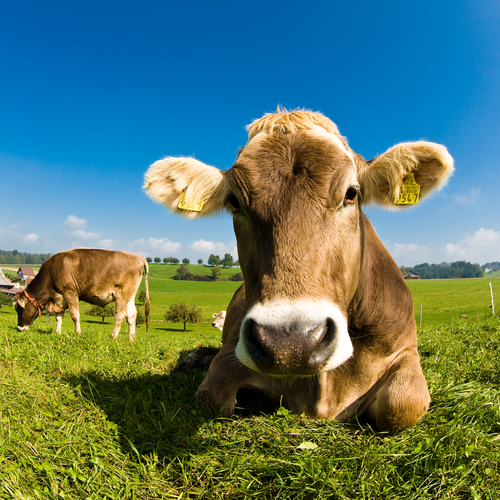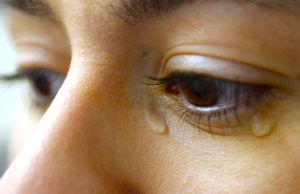
The U.S. Department of Agriculture
(USDA) has quarantined a second California farm as part of its ongoing
investigation into a confirmed incidence of Bovine Spongiform
Encephalopathy (BSE), first reported on April 24. USDA quarantined the
second farm because it is operated in close association with the dairy
that housed the BSE-infected cow before its condition was detected.
Additionally, USDA is investigating the ranch where the BSE-infected cow
was raised 10 years ago. USDA also announced
that of the two progeny known to have been born to the BSE-infected cow
in the past two years, one was stillborn and the second, after being
humanely euthanized, tested negative for BSE.
The origin and transmission of BSE to hundreds of thousands of cattle
has been widely attributed to using cattle rendered protein produced
from the carcasses of scrapie-infected sheep or cattle with a previously
unidentified form of transmissible spongiform encephalopathy as
livestock feed. This widespread practice of feeding substances derived
from animals to other animals (even of the same species) was sharply
curtailed following the BSE epidemic in the U.S. and Europe, but never
fully eliminated. For example, livestock feed regulations in the U.S.
continue to allow the feeding of certain mammalian slaughter by-products
to calves as well as the inter-species feeding of rendered animal
proteins, such as feeding poultry waste and litter to ruminants. USDA
also announced that since the discovery of the infected cow, they have
identified 10 different feed suppliers that delivered animal feed to the
farm. Determining if the cow became sick from feed is an area where
investigators are focusing close attention.














